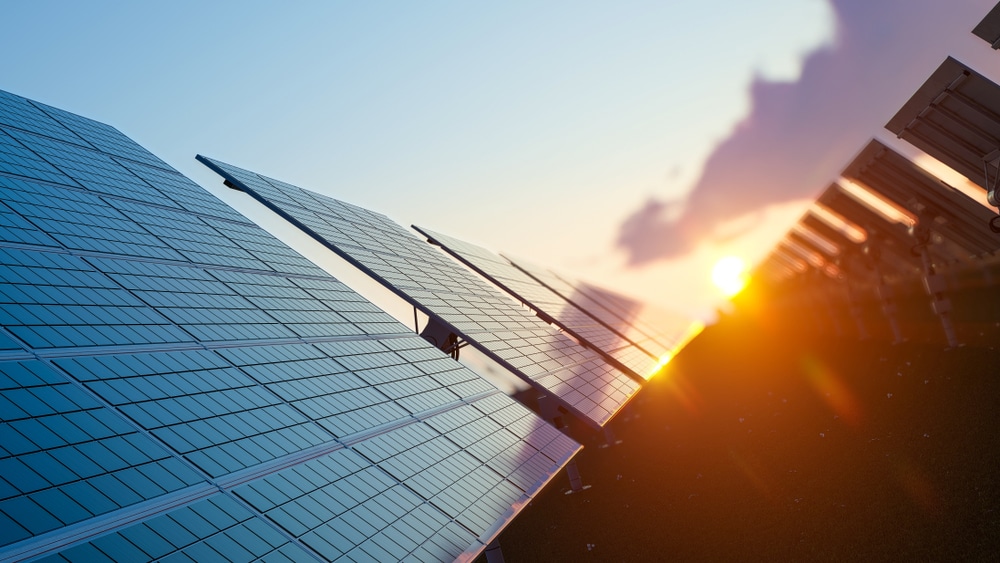Variety is more than just the spice of life – it is the critical cornerstone of our environment and various ecosystems.

Biodiversity studies this – looking at everything from all creatures great and small, to all forms of flora, and every single microorganism that exists on the land, sea and in the air.
Retaining biodiversity in every ecosystem is incredibly important for the survival of all life – including that of humans. Every form of life links together to create ecosystems which include clean air, water and an overall functioning system that allows life to thrive.
What happens if there is a loss of biodiversity?
There have been countless real-world examples of ecosystems being harmed due to this very reason. The Amazon rainforest, for example, has been heavily stripped of trees, therefore reducing the amount of carbon dioxide being absorbed and also resulting in fewer homes for animals. Across the world, 137 different species are wiped out into extinction in rainforest environments every single day.
Biodiversity doesn’t have to be lost to cause an impact either. Increases can also cause problems – look at the human population, for example. Late in 1999, there were six billion people on the planet, but by 2050 that will balloon out to 10 billion. That is 40 per cent more people trying to survive on the same volume of resources available, while still producing waste and consuming oxygen. This is a huge challenge that is right on our doorstep.
How can solar power improve biodiversity?
When you clear land for timber or to construct houses and businesses, that land is lost to the environment and the local ecosystem. When you clear land for solar farms, though, you can not only grow plants beneath the panels, but they will thrive because of the light they are absorbing. It also means that animals can use these panels as shelter from the elements.
This was all proven in research conducted in Germany’s Federal Association of New Energy Industry report, with author Rolf Peschel commenting, “As a rule, the areas in solar parks show greater diversity, habitat structures remain intact and (solar farms) provide a refuge for different species.”
This flies in the face of perceptions that farms require large volumes of land, which is then rendered useless except for the farming of this power. Many farms are constructed on land that was once used for agricultural use. Research has shown that these solar farms have greater biodiversity than the land did when it was used for farming.
UK research studied the biodiversity of land that was used by farming and later used for solar power production, using before and after metrics. This research found that not only did farms have greater biodiversity than control farms, but the difference was significant.
Solar panels are not only good for producing clean, green energy and reducing carbon emissions, but they also make better use of the land and improve biodiversity.











































